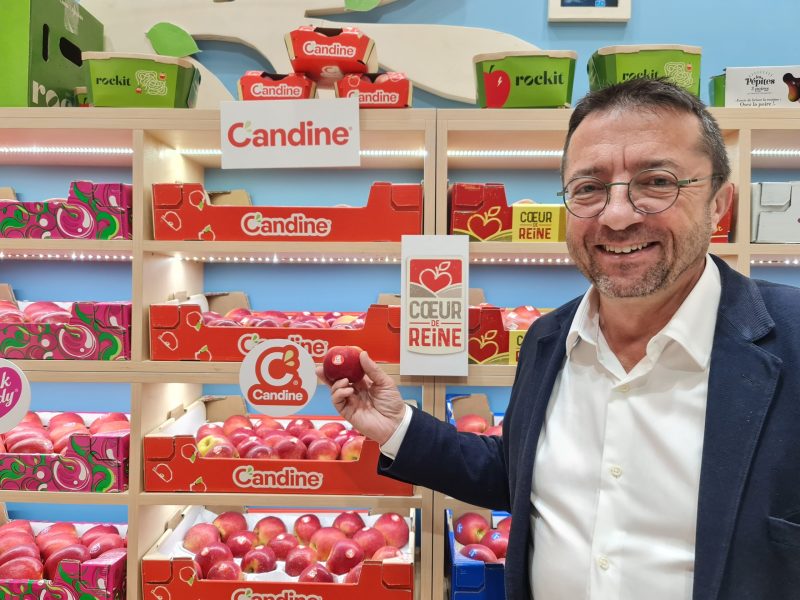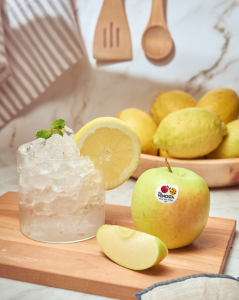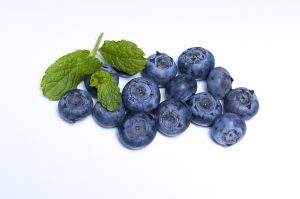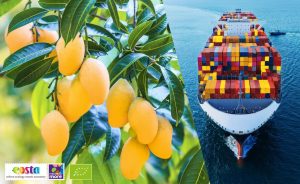This forecast confirms the strength of a model that also brings in new producers and maintains a clear commitment to both traditional varieties (Gala, Granny or Fuji) and more modern ones, such as Candine or local ones like Coeur de Reine. Combined, they will total close to 285,000 tons of fruit, 90% of which are apples.
Since its founding, Blue Whale has had a clear export vocation. However, today it faces a much more complex logistics scenario than in past decades. The COVID-19 pandemic marked a turning point: higher freight rates, longer routes—with vessels having to go around Africa to reach Asia—and less regularity in maritime services. Marc Peyres, the cooperative’s commercial director, sums it up bluntly: “If we had normal container service, we could sell 30% more.”
Reconfiguration of the global market
Despite these hurdles, the company remains firm in its international strategy, diversifying destinations and strengthening its presence in markets such as the Middle East, North Africa and India. In addition, geopolitical tensions and tariffs imposed by the United States under the Trump Administration have reconfigured the global apple trade, opening new opportunities for Western Europe.
At the same time, the executive emphasizes that the key to future growth lies in innovation: both in developing new, tastier and more resistant varieties, and in modernizing its packing facilities with robotics and introducing technologies that reduce the use of phytosanitary treatments. All this in a context of climate change, increasingly strict regulations in France and a worrying lack of generational replacement in European farming.
ERLATED NEWS: Blue Whale revitalizes apple shelves
With more than half a century of history, the cooperative faces the 2025/26 campaign with favorable expectations, with the first harvested variety, Gala, showing higher sugar levels than in the previous season, and with its leading club variety, Pink Lady, consolidated as the commercial driver.






















